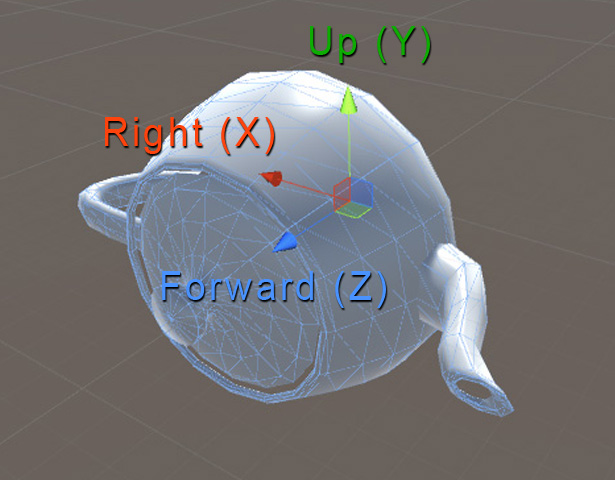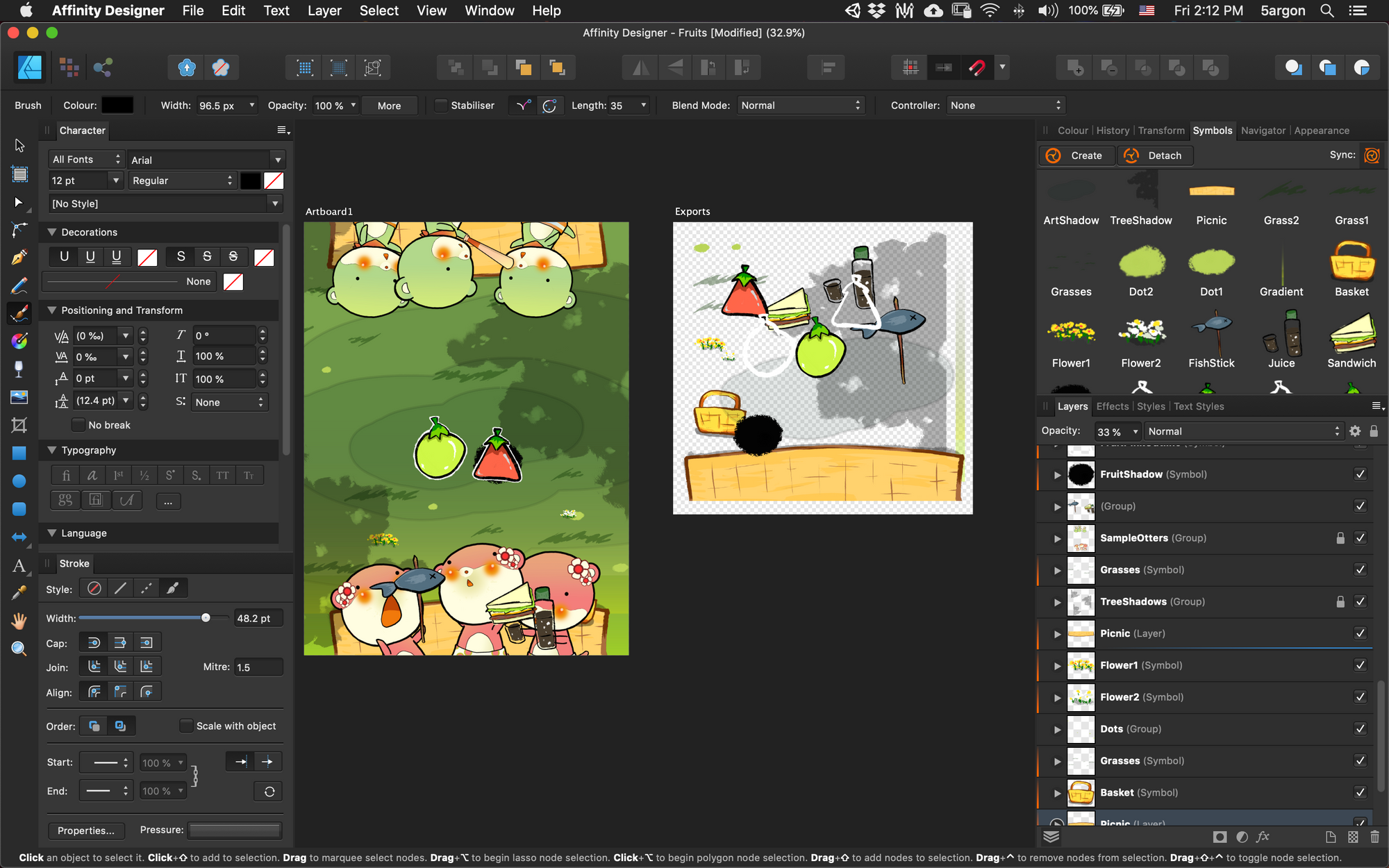



So what are we waiting for? Let’s create our first laser beam to detect objects in our game! Physics 2D Raycast method We will cover some of these interesting cases together. Use as support for physics collision detection (check if an object is grounded for instance or to change the behavior of a platform if the player is underneath or above it).Define where an object like a missile or a bullet for instance will hit another object.Detect if a player or an enemy or an object in general sees something.Then why could a laser beam be useful for our game? The big advantage is that every object which makes contact with the laser beam can be reported! A Raycast is like a laser beam fired from a point along a particular direction as reported in the official documentation. What is Unity Raycast 2D? How do you use it in our game? Let’s answer the two important questions about it. I think as usual it will be me and you to solve another case. Wait a second! Guys, do you know what Unity Raycast is? Well! Hey Mike would you like a Unity Raycast? If you are still a bit unsure about MoveTowards, try looking at the Unity documentation here.Today there are two friends here to talk about the Unity Raycast 2D. We return null because co-routines have to return a value. The co-routine keeps running until the object has finished moving. Currently it will move 10 units to the right. We pass the block game object in, we set it’s end destination, and we set the speed. On Update, we start a Coroutine when we press the Space key. Pass any object you like in the inspector. We have a public game object called block. = Vector3.MoveTowards(, end, speed * ltaTime) IEnumerator MovePieceTowards(GameObject piece, Vector3 end, float speed) StartCoroutine(MovePieceTowards(block, + new Vector3(10, 0, 0), 10)) Increase the speed and the object will move faster.
Unity forward vector 2d update#
Multiplying the speed by delta time makes sure that movement is divided up evenly across the update frames. We multiply speed by deltaTime because, if speed was 1, we would be saying, “We want this object to take one second to move”. It says, move the object from it’s current position towards the end position at the following speed.Ĭurrent position is not the objects starting position, but its position each frame, because each frame it checks the current position and moves it closer towards the end position.ĮndPosition is simply where want your object to finish moving. The psuedocode is: Object to move = MoveTowards( currentPosition, endPosition, speed) Įxample code: = Vector3.MoveTowards(, end, speed * ltaTime)


 0 kommentar(er)
0 kommentar(er)
